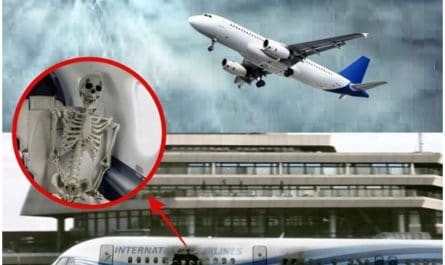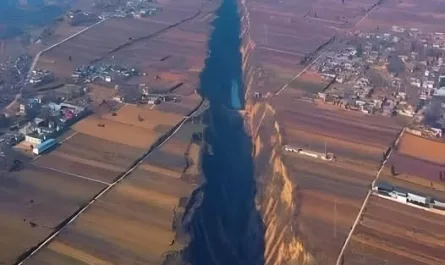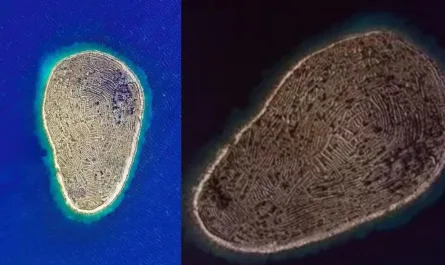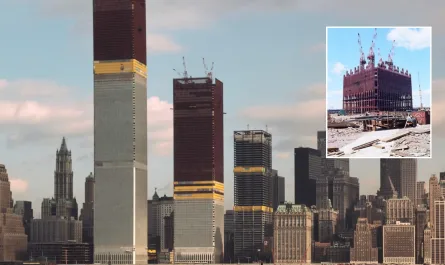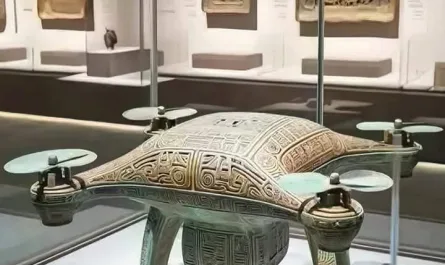A Journey from Concrete to Canals
As we sit at 12:30 PM +07 on Wednesday, July 16, 2025, let’s delve deeper into the remarkable transformation of Utrecht, the Netherlands. A striking comparison of images from 1980 and 2022 unveils a city that has undone a mid-20th-century misstep by restoring its 900-year-old moat, once buried beneath a 12-lane motorway. This ambitious project, celebrated as the correction of a historic mistake, has reshaped Utrecht’s identity, blending its rich medieval heritage with modern sustainability.
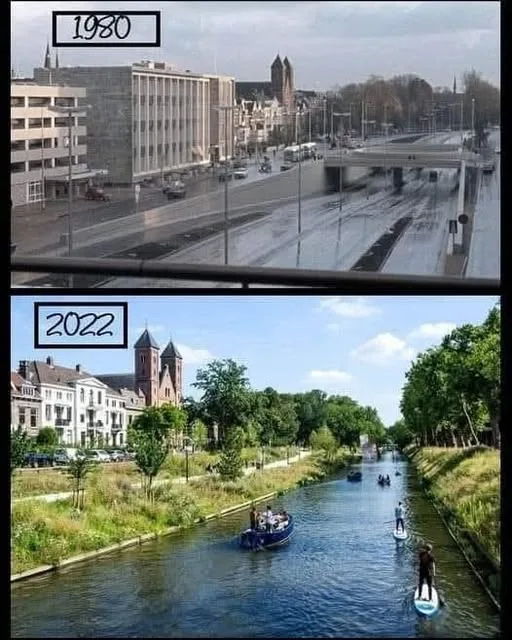
The 1980 Landscape
The 1980 photograph captures a utilitarian urban vista dominated by the motorway that sliced through Utrecht’s old town. This 12-lane highway, constructed in the post-war era, replaced the historic moat with a concrete expanse, its surface slick with rain, reflecting the overcast sky. On the left, a multi-story parking garage and a blocky office building stand as symbols of the era’s architectural pragmatism, their gray facades contrasting with the distant spires of the Dom Tower and other historic churches. Traffic flows steadily, with cars and buses navigating the elevated roadway, supported by concrete pillars that disrupt the natural flow of the landscape. The scene feels industrial and detached, a testament to the city’s prioritization of vehicular movement over its historical charm during the economic boom of the 1960s and 1970s.
The 2022 Revival
By 2022, the scene has undergone a dramatic metamorphosis. The motorway has been dismantled, and the canal—once a vital part of Utrecht’s medieval defense system—has been meticulously restored. The waterway now winds gracefully through the city, its deep blue surface reflecting the clear sky and the lush greenery that lines its banks. Mature trees, their leaves a vibrant green, form a natural corridor, while wildflowers and grasses soften the edges, creating a haven for local wildlife. Historic buildings, including the ornate brick facades of 17th- and 18th-century homes and the towering Dom Tower, frame the canal, their reflections adding a poetic symmetry to the scene. People paddle boats, some with families aboard, while others stand on paddleboards, enjoying a lively yet peaceful waterway. The air of community and recreation contrasts sharply with the isolation of the 1980 image, signaling a return to a human-centered urban space.
Correcting a Historic Mistake
The decision to concrete over parts of Utrecht’s moat in the mid-20th century was driven by the need to accommodate growing traffic demands following World War II. This move, part of a broader trend across Europe, severed the city from its 900-year-old heritage, where the moat had served as both a defensive barrier and a picturesque feature. The restoration, initiated in the early 21st century and completed by 2022, represents a deliberate effort to reclaim this lost legacy. Engineers and urban planners worked tirelessly to remove the highway, excavate the canal, and integrate it with modern infrastructure, including pedestrian pathways and bike lanes—hallmarks of Dutch urban design. This project, funded through a combination of municipal budgets and national grants, has been hailed as a model of sustainable urban renewal.
Cultural and Environmental Impact
The restoration has woven itself into the fabric of Utrecht’s daily life. Culturally, it has revitalized the old town, drawing locals and tourists to stroll along the canal, dine at waterside cafes, or participate in water-based activities. The Dom Tower, a symbol of Utrecht’s medieval past, now stands as a focal point for this renewed landscape, its bells ringing out over the water. Environmentally, the project has boosted biodiversity, with the canal supporting fish, waterfowl, and aquatic plants, while the surrounding greenery absorbs carbon dioxide and mitigates urban heat. The removal of the motorway has also reduced noise pollution and traffic congestion, improving air quality—a critical factor as we address climate challenges on July 16, 2025. This transformation aligns with the Netherlands’ global leadership in green urban planning, showcasing how cities can adapt to contemporary needs while honoring their roots.
Economic and Social Dimensions
Economically, the restoration has spurred growth in tourism and local businesses. Waterside cafes, boutique shops, and guided boat tours have flourished, creating jobs and boosting the local economy. Socially, the canal has become a communal hub, hosting festivals, markets, and events that foster a sense of belonging. The project also reflects broader societal shifts toward sustainability and livability, with Utrecht’s residents actively participating in planning discussions. On this day in 2025, the moat stands as a testament to collaborative governance and community resilience, proving that urban spaces can evolve to meet the needs of future generations.
Reflections on Progress
The juxtaposition of 1980 and 2022 images is a powerful narrative of progress and redemption. In 1980, the motorway symbolized an era of rapid industrialization and urban sprawl, a decision that prioritized cars over heritage. By 2022, the restored canal embodies a shift toward sustainability, community, and historical reverence. As we reflect from 12:30 PM +07 on July 16, 2025, this transformation inspires hope, illustrating how cities can learn from past errors to create vibrant, inclusive spaces. The project’s success has drawn international attention, with urban planners from around the world studying Utrecht’s approach.
Conclusion
The restoration of Utrecht’s 900-year-old moat is a triumph of vision and perseverance. From the concrete jungle of 1980 to the thriving waterway of 2022, this journey reflects a city’s commitment to its past and its future. As we celebrate this milestone on July 16, 2025, the moat stands as a beacon of what is possible when history, nature, and modernity converge. Whether you’re a visitor marveling at the canal’s beauty or a resident enjoying its daily rhythms, Utrecht’s revival offers a compelling story of renewal for the world to emulate.
